Five books for those interested in the future of design
Five books for those interested in the future of design
Review of new editions from Fast Company Deputy Editor Kelsey Campbell-Dollaghan.
The president posts on Twitter, we talk to our devices the same way we talk to children, and our AI assistants evaluate how we dress. Today’s reality looks much more unusual than science fiction writers could imagine. It also includes powerful political, economic and technological shifts that we can all observe.
City dwellers discuss affordable housing, the growth of private infrastructure, and the right to privacy in crowded metropolitan areas. In the world of product design, ideas about intellectual property, workers’ rights and, of course, user rights are changing. Civil and industrial law attorneys fight against the dominance of algorithms and machine learning.
In short, the development of design and technology is creating a powerful paradigm shift for society as a whole. Here are several books that try to determine the extent and consequences of this influence.
Algorithms charged and ready to fight
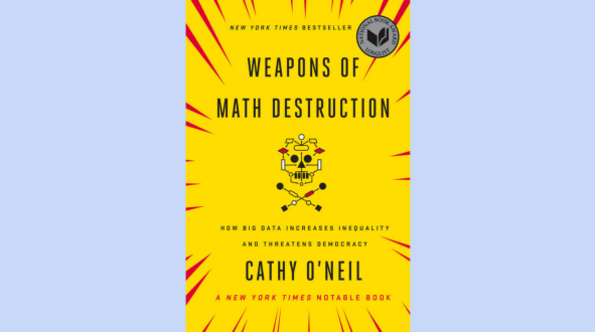
Katie O’Neill “Weapons of Mathematical Defeat: How Big Data Exacerbates Inequality and Threatens Democracy”
Katie O’Neill’s book Weapons of Math Destruction: How Big Data Increases Inequality and Threatens Democracy came out almost two months before Donald Trump launched the global debate about counterfeiting. news and the role of algorithms and big data in our lives. While the book can be difficult for those with no background in this area, it is worth reading.
Throughout each chapter, O’Neill, known as Mathbabe from her blog of the same name, shows how complex and convoluted mathematical models dominate our world, from assessing the competence of public school teachers to algorithms for sentencing in criminal cases. The author calls these models “weapons of mathematical defeat” because they “are increasingly being applied, exacerbating inequality and punishing the poor.”
The author expresses concern about how destructive algorithms worsen inequality in our world. Going beyond a mathematical explanation, Cathy O’Neill makes strong arguments against the growing dependence of people on completely opaque models, which are often biased and fundamentally wrong.
A nice bonus is a vivid description of the author’s work at the leading hedge fund DEShaw during the crisis, as well as how the crisis itself unfolded. We hope that in his next works, O’Neill will continue to explain the complex mathematics that drives our society.
Populism, inequality and the paradox of creative cities
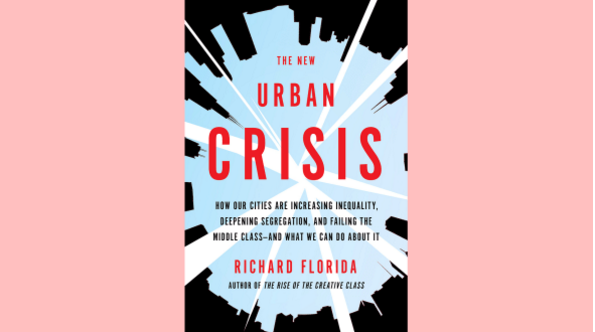 Richard Florida “The New Urban Crisis: How Our Cities Increase Inequality, Increase Segregation, and Erode the Middle Class — And What We Can Do About It”
Richard Florida “The New Urban Crisis: How Our Cities Increase Inequality, Increase Segregation, and Erode the Middle Class — And What We Can Do About It”
In his latest book, The New Urban Crisis: How Our Cities Are Increasing Inequality, Deepening Segregation, and Failing the Middle Class – And What We Can Do About It) Richard Florida lays out the theory of “rising the creative class”, describing how cities focused on technology, talent and tolerance achieve economic success.
Florida’s ideas have formed the basis of many progressive urban programs implemented over the past twenty years. However, in this book, published after Trump’s victory and Britain’s exit from the European Union, he examines the “dark side” of the phenomenon of creative cities, namely the fact that even in these progressive cities, the poor are getting poorer, equality disappears, and mostly wealthy people benefit. …
“What are creative cities really – inspiring innovative models of economic and social progress, or zones of class division and inequality that pessimists so condemn?” – asks the author at the beginning of the book.
According to Florida, both are true. The author paints a detailed picture of the urban crisis, depicting not only the constant change of society, but also those socio-economic forces that generate populism in the international arena, as well as at the level of countries and cities. In the final chapter of the book, Florida proposes to set a framework for “universal urbanism” through land-use regulation reform, in particular, he writes about how housing subsidies can stimulate the growth of the suburbs (rather than the cities themselves).
A guide to the future in the present
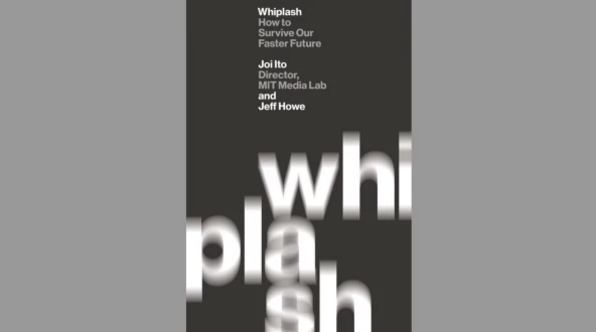 Joy Ito, Jeff Howe “How to survive in the near future”
Joy Ito, Jeff Howe “How to survive in the near future”
Whiplash: How to Survive Our Faster Future, a new book by MIT Media Lab director Joey Ito and Wired author Jeff Howe, begins with a series of amusing anecdotes about how the transformative impact of new technologies was not initially recognized by their contemporaries. From the Lumière brothers, who invented cinema and called it “an invention with no future,” to Steve Ballmer, who confidently declared: “There is no chance that the iPhone will gain any significant market share.” According to Ito, “new technologies are ahead of our ability to understand them.”
The book is an attempt to step back a little from its time and see the broader, wider implications of modern technology. It is not very easy, but Ito offers the reader nine principles-tools to help. The principles themselves seem a little esoteric and not too fit into the context, but Ito and Howe use them to explain literally everything: from synthetic biology to the 2012 tsunami and nuclear disaster. Even if you do not accept the point of view of the authors, you will at least recognize their idea of our future.
Where does the real fun come from?
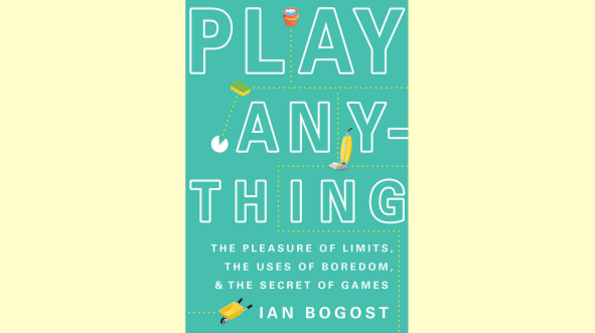 Jan Bogost “Play Anything: The Pleasure Of Restrictions, The Benefits Of Boredom And The Secrets Of Games”
Jan Bogost “Play Anything: The Pleasure Of Restrictions, The Benefits Of Boredom And The Secrets Of Games”
Game designer Jan Bogost’s book Play Anything: The Pleasure of Limits, the Uses of Boredom, and the Secret of Games, published in 2016, is dedicated to games, not gamification in design.
In fact, it is about the fact that the understanding of what real play and fun has completely disappeared from our culture. Bogost explains that fun does not come from freedom, but from restrictions, rules, and tension. “It turns out that fun isn’t about pleasure,” he writes. – It appears when you suddenly discover something new in a familiar situation. Fun always comes from boredom. At first you are sure that nothing good awaits you, and then suddenly a spark of ardent pleasure flares up. “
This book is somewhat off our list due to the fact that it reads like a philosophical meditation on modern life. Yet it offers exciting opportunities for all of us accustomed to constant digital stimulation. It is worth reading for anyone working in UX or design, or anyone who encounters boredom, excitement, and pleasure in everyday life.
The privacy crisis is here, and it’s worse than you might have imagined
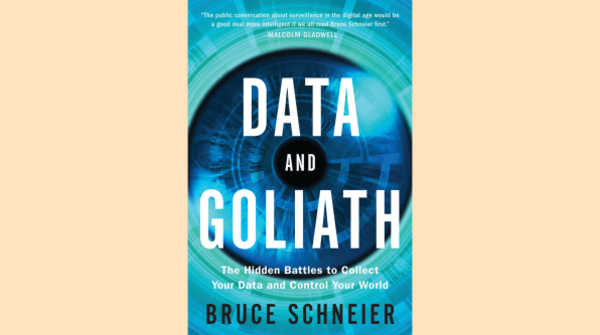 Bruce Schneier “Data and Goliath: The Secret Wars of Owning Your Data and Controlling Your World”
Bruce Schneier “Data and Goliath: The Secret Wars of Owning Your Data and Controlling Your World”
In theory, most of us know that our digital lives are an open book, that our privacy is constantly and discreetly violated, and our data is used and sold. In fact, many of us have already given up trying to protect our personal integrity. Confirming agreements on the use of our data, we only sigh: “It looks like nothing can be done.”
In Data and Goliath: The Hidden Battles to Collect Your Data and Control Your World, privacy and security expert Bruce Schneier explains exactly how mass surveillance works – that “public-private partnership” between government and corporations that makes us less and less protected and less and less free. ” Throughout the book, the author describes in detail this opaque encrypted world and explains why anonymous data rarely turns out to be such.
This is a very fascinating (and frankly, frightening) story of total surveillance. The book is especially useful for designers and those who work with products or technologies, because it allows you to see how seemingly harmless data streams from a fitness tracker, app or drone camera can be used, sold and contextualized for completely unpredictable purposes. …
Source: vc.ru
…


